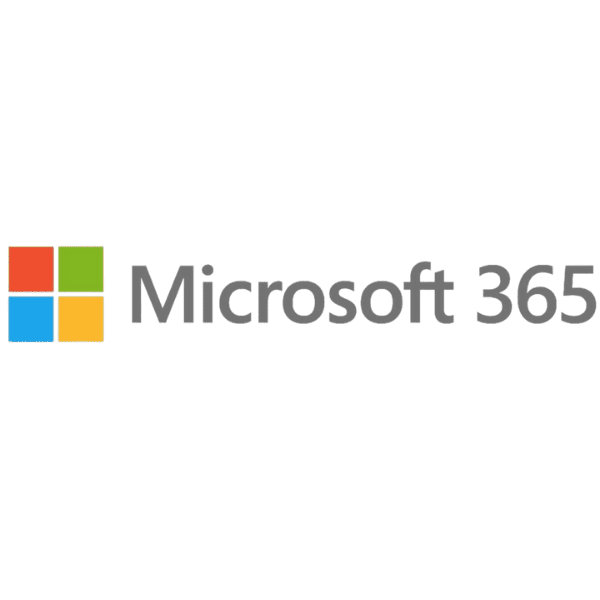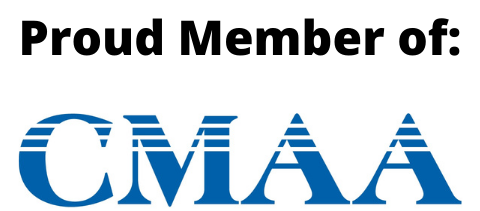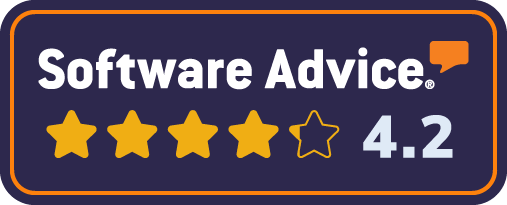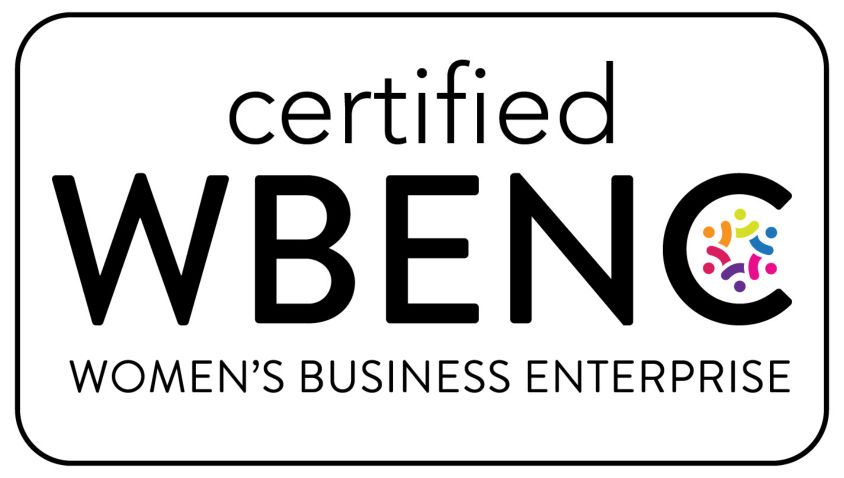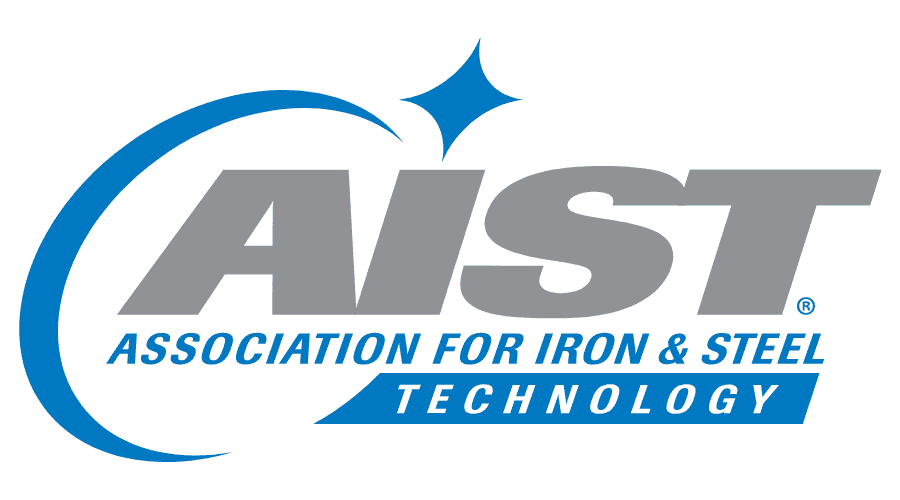Construction Project Management Software: How to Choose (Today)
The blending of business and technology enables those functions to more effectively collaborate, innovate, and build new sources of value.
The blending of business and technology enables those functions to more effectively collaborate, innovate, and build new sources of value. Nowhere else is this more evident than in the construction industry. The physical world of construction, with its hardscape of materials and equipment, has fused with the digital world of BIM, AI, augmented reality, robots, smart clothing, software, and mobile apps. But what about the human element?
Table of Contents:
No other industry has the vast number of touchpoints that the building trades have. Each construction site is different and presents its own group of challenges and risks. Building owners, project managers, construction project managers, contractors, designers, engineers, and hundreds of business partners - all working in concert on a portfolio of projects - is a monumental endeavor. The bottom line: capital projects need to be delivered both on time and on budget.
Tracking all that data – from contracts, to change orders, to budget status – makes it difficult to streamline processes and increase productivity. These processes need to be documented, implemented, standardized, monitored, reviewed, and reviewed again.
But facility management teams may be slow on the uptake when it comes to developing and implementing good project management controls.
What is the one construction tool that will minimize project costs, prevent errors, decrease risks, and bring disparate groups of people together - whether it’s in the office or the field? Construction project management software.
Invest Effectively in Technology, People, and Projects with Construction PM Software
According to KPMG, in a recent survey of senior leaders in engineering and construction companies, 46% of project owners said that people are still the most important factor in delivering a successful project, while only 28% claimed that the most important factor was technology.
Facilitating collaboration and ensuring that teams can work together seamlessly, anywhere and anytime, continues to be the key to improving employee productivity and project success. To encourage collaboration among teams in varied locations, organizations need to provide the right tools. Ease of use and learnability are both paramount to satisfaction and user experience (UX).
So how do you digitize your project environment? What software will not only your project team embrace but also your contractors and partners? What are the features and benefits that optimize performance and better decision making?
A one-size-fits-all approach usually doesn’t work. But most other construction management systems are developed with specific features and functionality that aren’t customizable, developing the same applications and distributing them to their diverse set of end users
Bringing Features and Benefits to the Forefront
Here some of the top-line features and benefits that you should not neglect when deciding the best construction project management software for your application.
PROGRAM MANAGEMENT
A capital project budget is broken down at the project level and rolled up into a master budget. Successful program execution requires overall planning, management, and communication in order to improve collaboration, reduce costs, and increase productivity. Will you get complete visibility into your spend to forecast and manage, and to ensure budget compliance by anticipating cost overruns? The program management function should provide single-view visibility and apply a uniform set of standards over an entire capital building program.
REPORTING
Implementing an effective project reporting system is a coordination challenge. Integrating the vast amount of information and data from all phases of construction is difficult. Management and stakeholders require accurate reporting systems to make informed decisions, and to ensure that projects are being delivered on time and on budget. Look for a tool that helps you plan, forecast, and manage, at both the project level and portfolio wide, with simple HTML reports that glean project-specific information - like open RFIs, submittals, and change orders - and organize that data into interactive dashboard reports.
FINANCIAL MANAGEMENT
Major capital projects are complex and fast-tracked. All stakeholders need financial transparency and accountability to make the best decisions. For cost control on a project, the construction plan and the associated cash flow estimates can provide the baseline reference for subsequent project monitoring and control. Establish a budget; define cost codes, funding, budgets for each code; track invoices, purchase orders. applications for payments; all in relation to the budget, while pulling down financials from your accounting program or ERP.
CUSTOMIZATION
A one-size-fits-all approach usually doesn’t work. But most other construction management systems are developed with specific features and functionality that aren’t customizable, developing the same applications and distributing them to their diverse set of end users. If you want to request a change or a new module, they won’t add it unless most other customers have also requested that same function. This method forces you – the customer – to fit your processes and procedures into the way the software company thinks you should manage things.
SCALABILITY
Are you given a starting point that allows your construction project management software to be easily deployed? Are you able to pick your priorities based on your greatest need? Can it be flexibly implemented with new features rolled out in a systematic way?
CHANGE MANAGEMENT
Change is inevitable on any project but managing that change poorly can lead to cost overruns and schedule delays. Change orders (COs) can be toxic to a project if not handled skillfully. While you can’t eliminate change, you do need a control process - to stay on top of change order requests (CORs) and COs, and to minimize their impact. At completion, you may need to analyze why these change orders happened by reviewing their history.
INTEGRATION
Often there is an overlap of data being managed within a project management system and other line-of-business applications within an organization. The last thing you want is to be duplicating data entry and processes that cost your employees valuable time. Is there a strong understanding of mainstream software systems? Is there a solid data exchange for integration?
MOBILITY
A good construction project management software has a friendly user interface, and can work on desktop as well as a mobile device. Software that’s mobile-ready enhances productivity rates.
Do Your Due Diligence
Time invested at this step will save you frustration down the road. It will help you pick the right product from the get-go. You may feel the need to rush to pick a piece of software - a big project is coming up, or some new problem has reared its head. Stop! Take your time. You will save money and time, two things that everyone can use more of.
Luckily, there are people who have done a lot of the heavy lifting for you. There are sites listing the most popular products out there. Start with these. As you compare product features, keep in mind your list of priorities. Oftentimes, people ignore their own needs and immediately go for a product from a big name or with the highest review scores.
While those review scores are a useful metric to look at, don’t rely on them. Look at a couple of reviews each that rate the product at five-stars, four-stars as well as one- and two- stars. That will give you a good overview of what the product does well and where it fails. Still, don’t ignore the average rating entirely. Products with good ratings have them for a reason. Set a threshold - say, an average score of four or four-and-a-half stars - and ignore products that don’t make the mark.
Now that we’re getting to deciding which product to buy, cost becomes a factor. There are different ways to pay, either a one-off upfront fee or a monthly subscription. Factor this in when deciding between products.
Create your shortlist based on your priorities, user reviews, cost, and your research into the product features. A list of five is usually enough, but that doesn’t mean you shouldn’t have more than that; on the other hand, don’t go for a shortlist less than three items long.
Take It for a Test Drive
Whether it’s a free trial period or a demo, be sure to use this time to test out your main priorities. Have a list of questions ready for the demo, covering the aspects of the product that are essential for you. This is your chance to get a feel for the software without committing any money to it. Use it wisely. It is an opportunity to find out if you aren’t comfortable using it, or if it doesn’t do what you need it to.
Questions to Consider
> Does the construction project management software meet your business requirements and your short- and long-term objectives?
>Is it a smart and agile solution?
>Is it easy to learn?
>Is it cloud based?
>What is the user interface? Is it well-designed?
>Does the project management platform improve user performance?
>Does it have the features that will streamline workflows?
>Is it a cost-effective project management solution?
>What is the ROI?
>Does it integrate with your ERP and other line-of-business systems?
>Does the software solution deliver clear and detailed reports?
>What about pricing, upgrades, and maintenance?
>Is it mobile ready?
>Does it offer unlimited support to resolve issues and optimize runtime?
>Do you want to take baby steps, and will your choice accommodate those needs?
>Does the collaboration tool actually create more work for your employees?
Ultimately, is the software provider able to answer these questions?
Beth L. Anderson is a customer success manager at VPO construction project management software. She transitions clients from sales to implementation.


